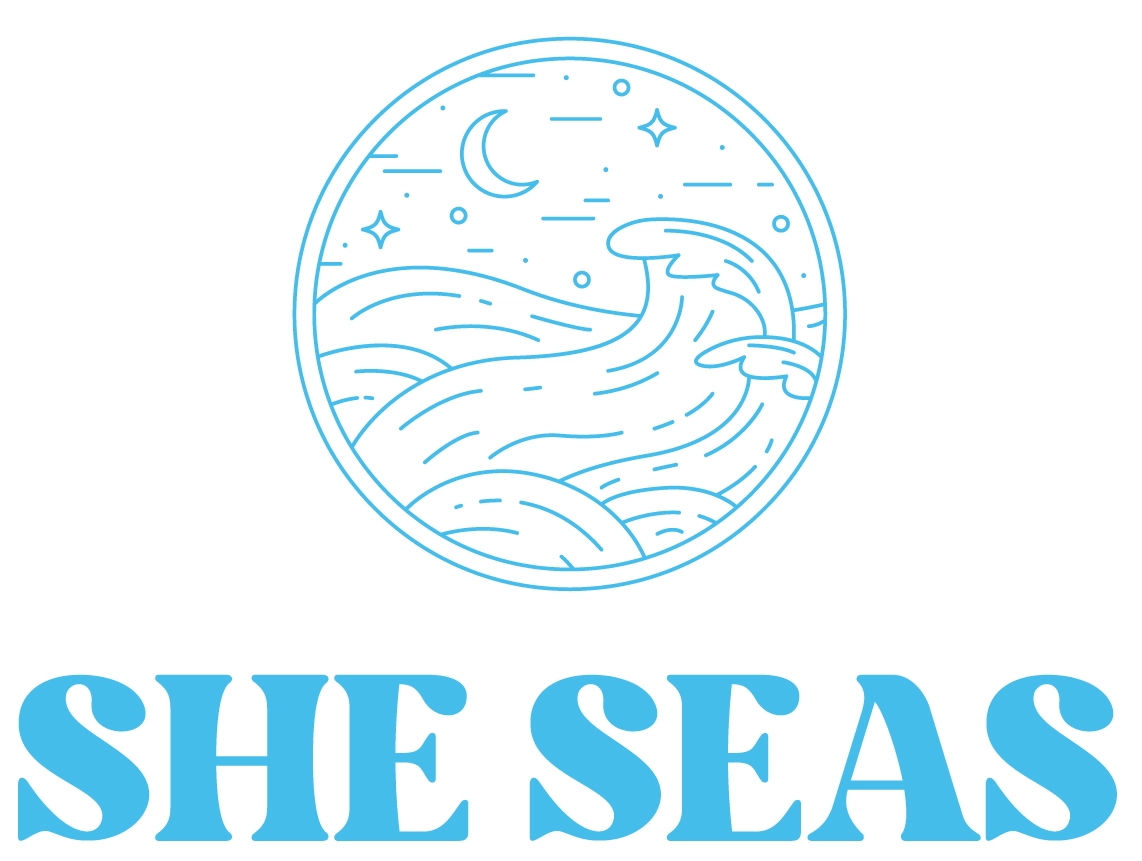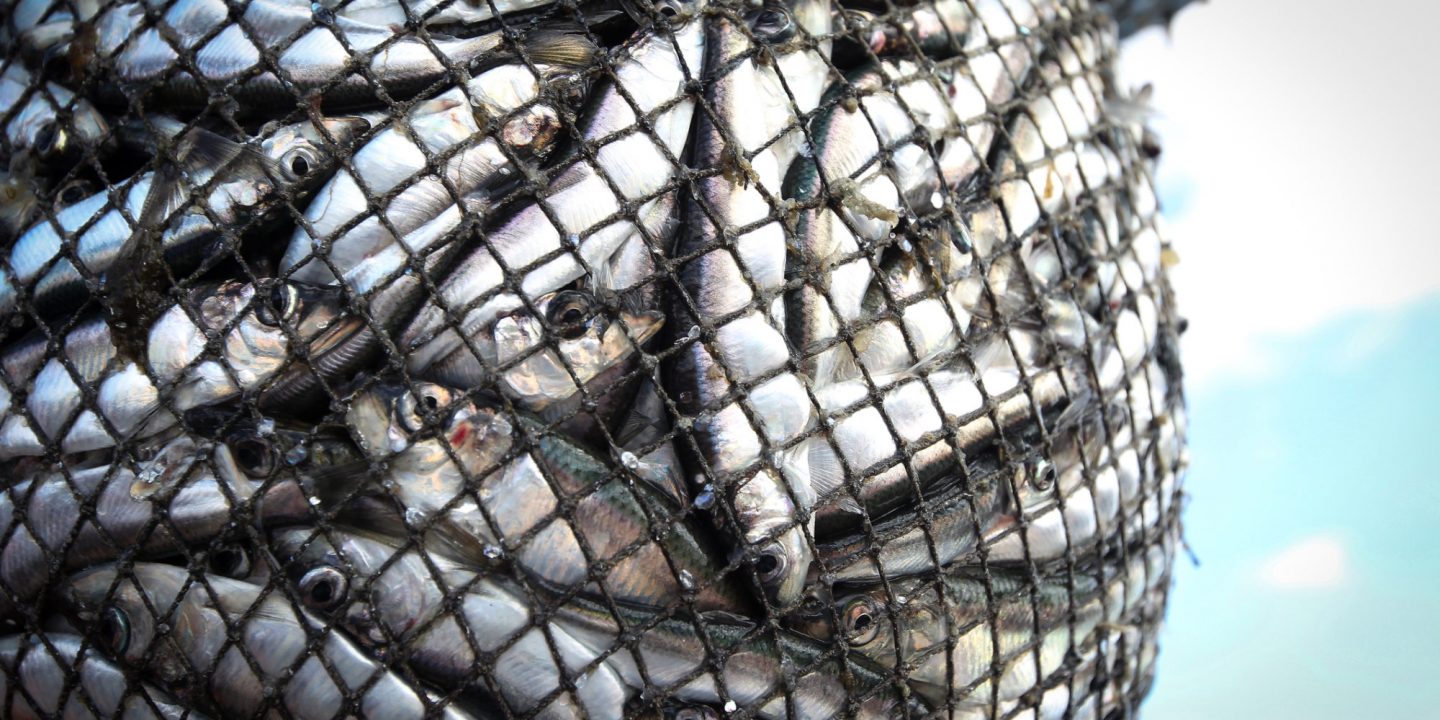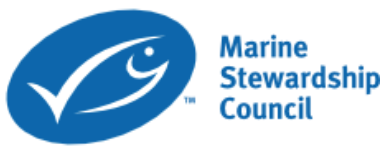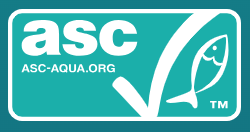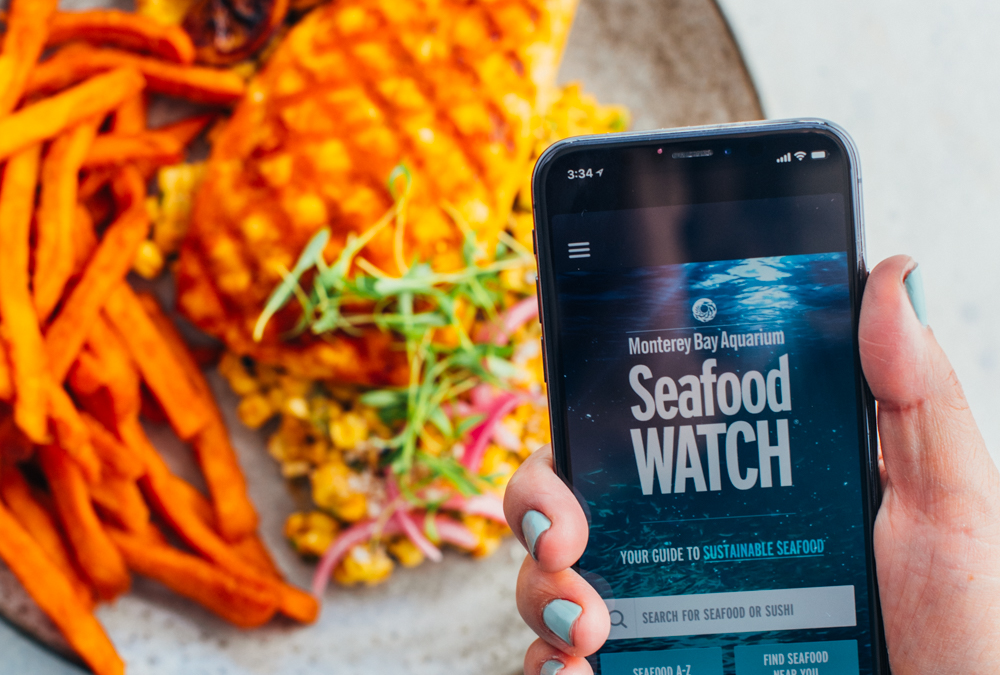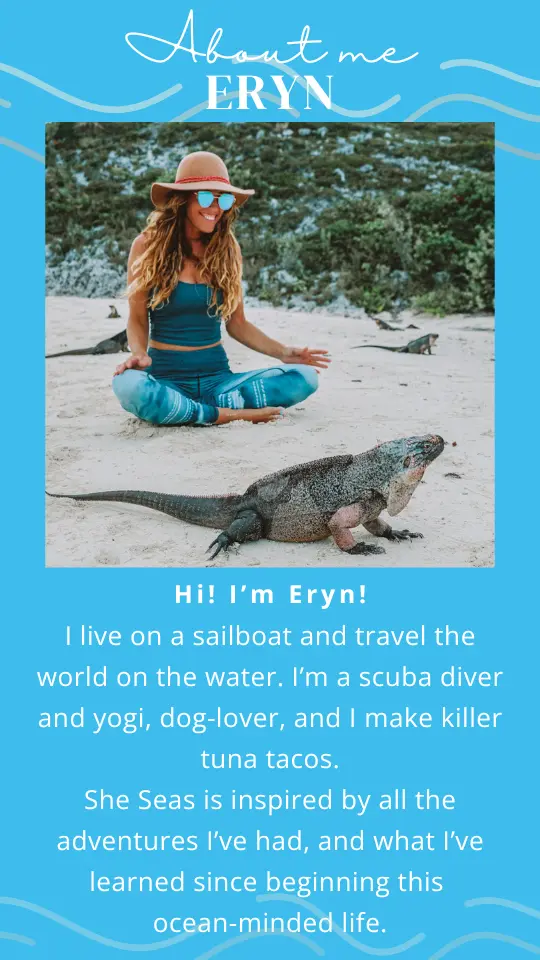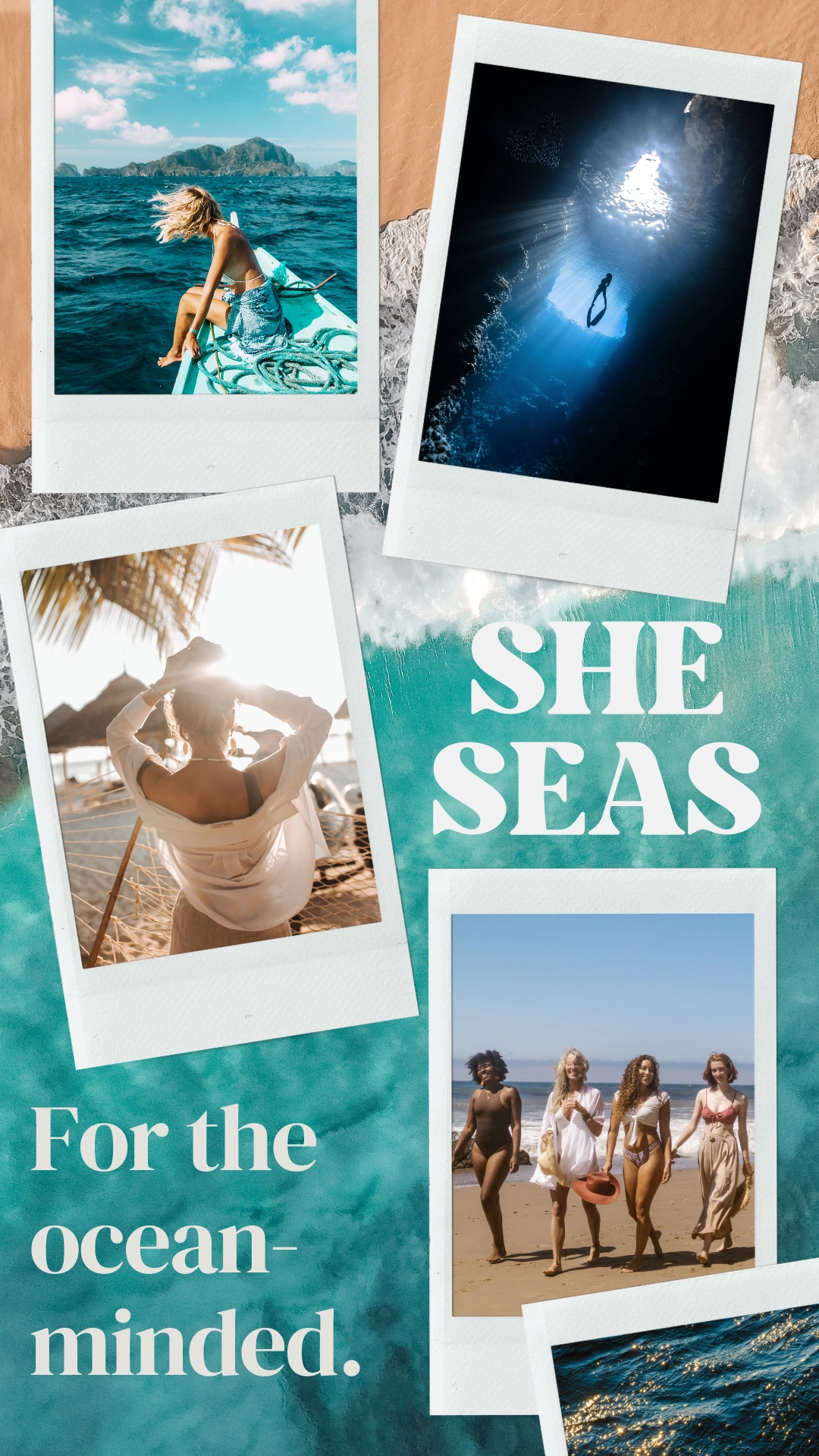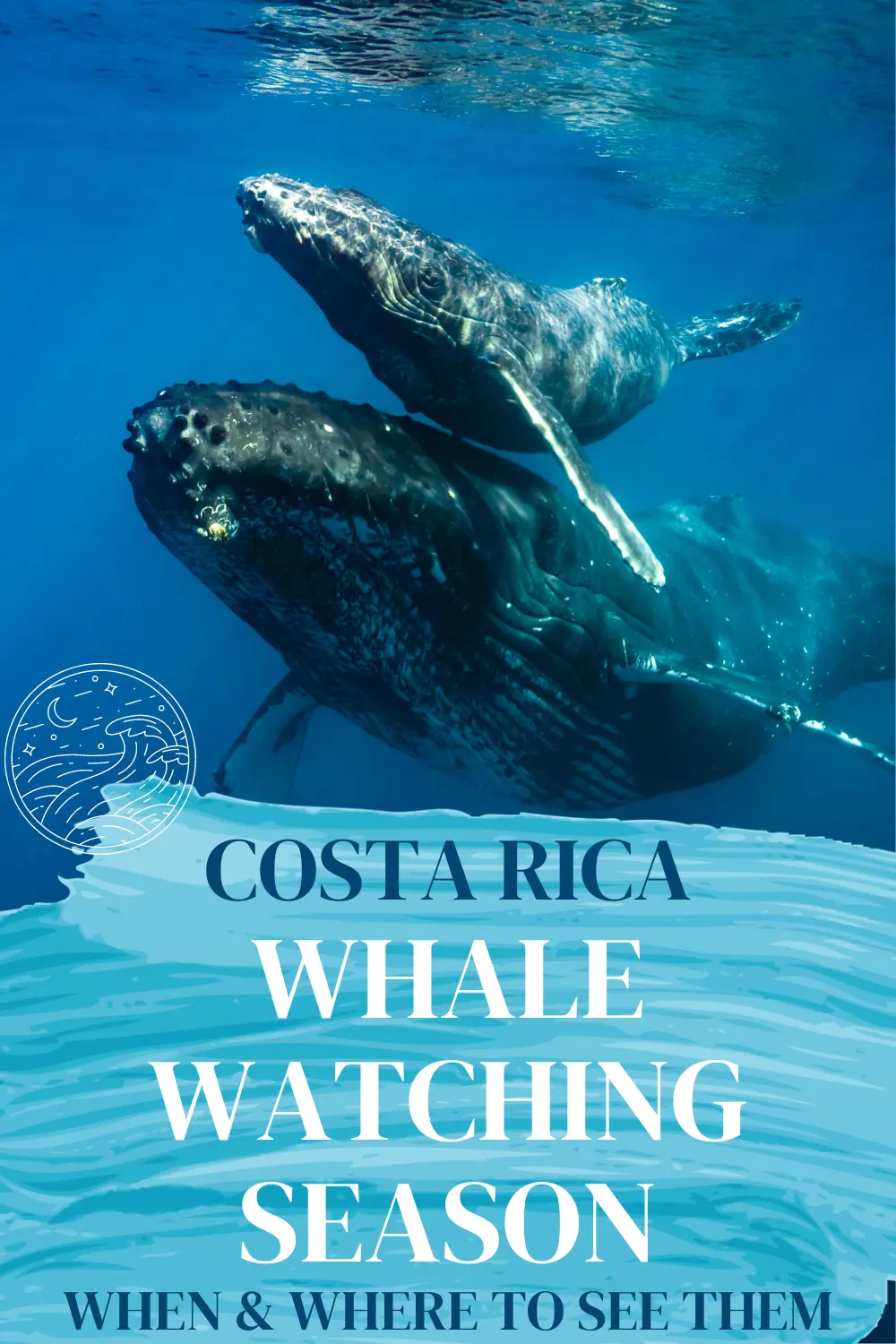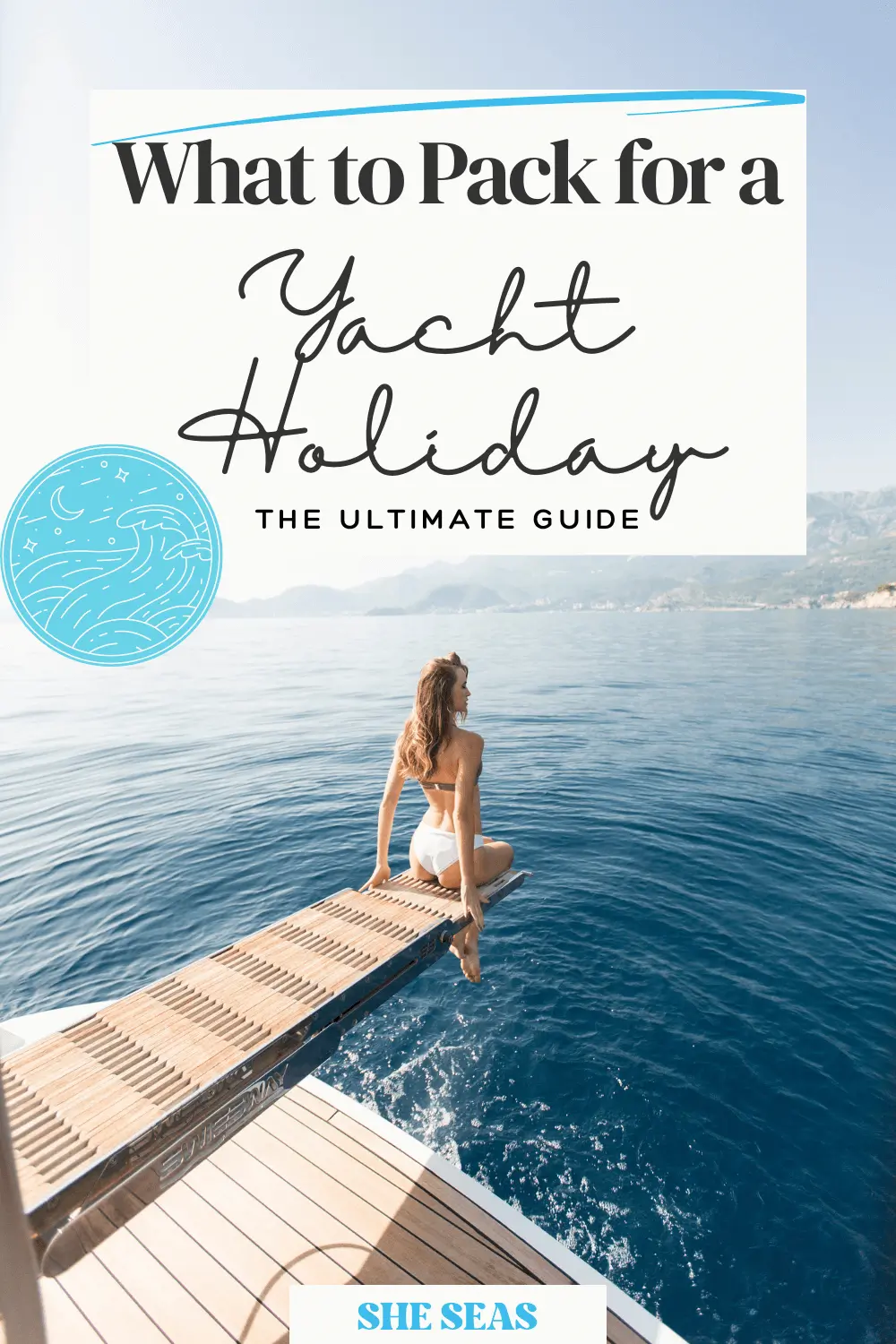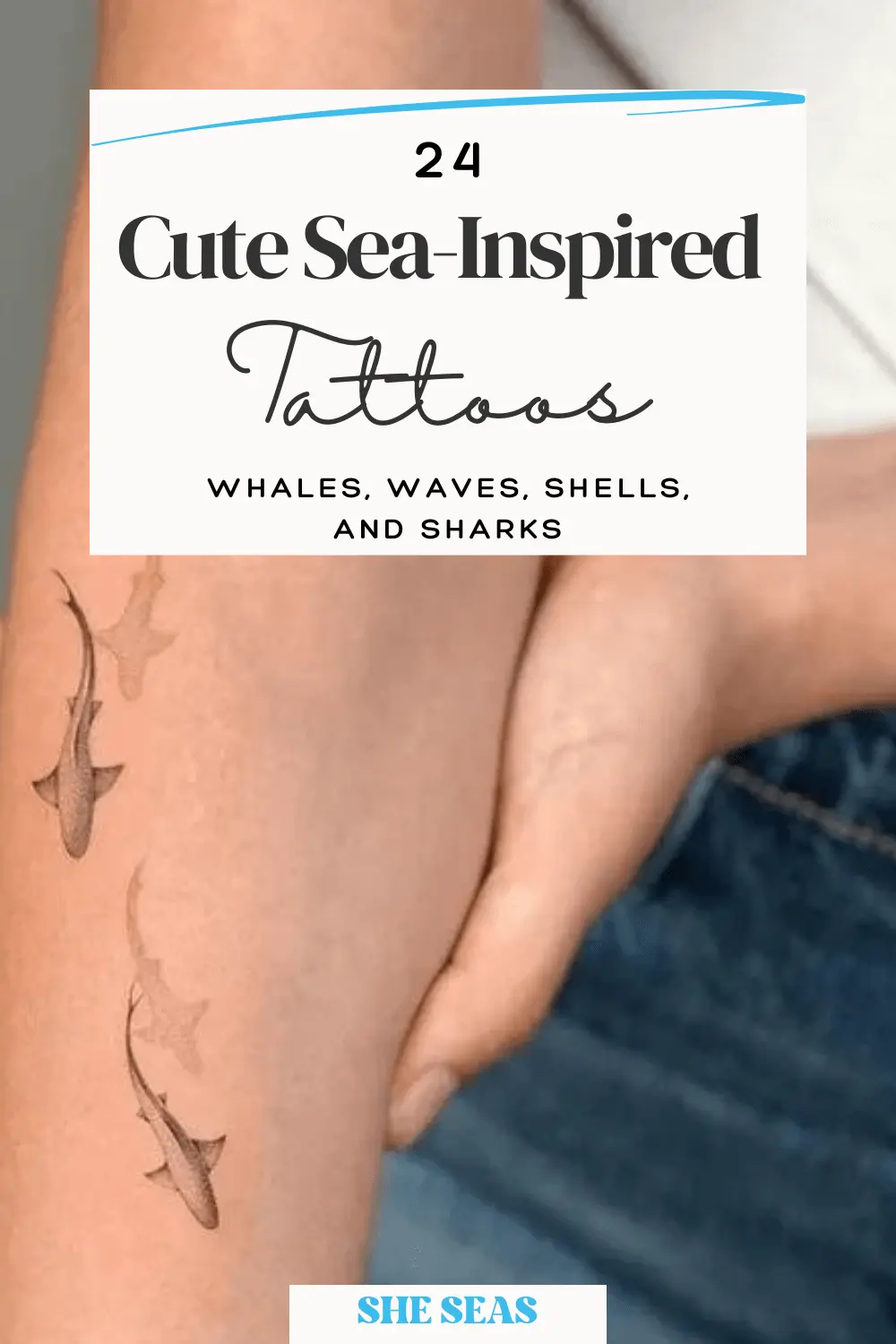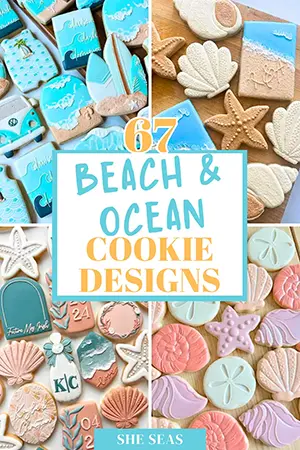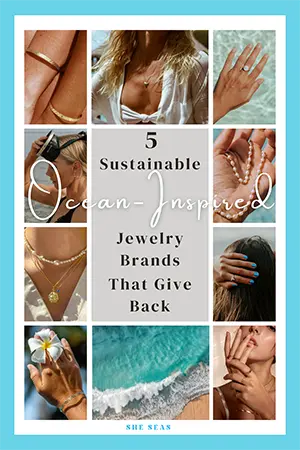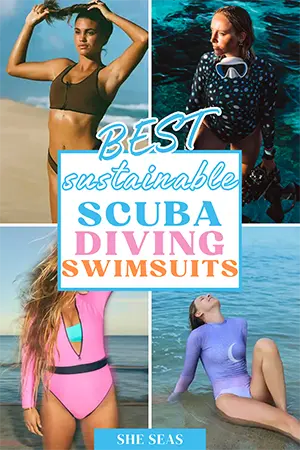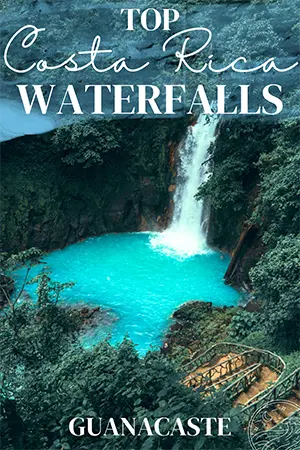Sustainable Seafood for Beginners
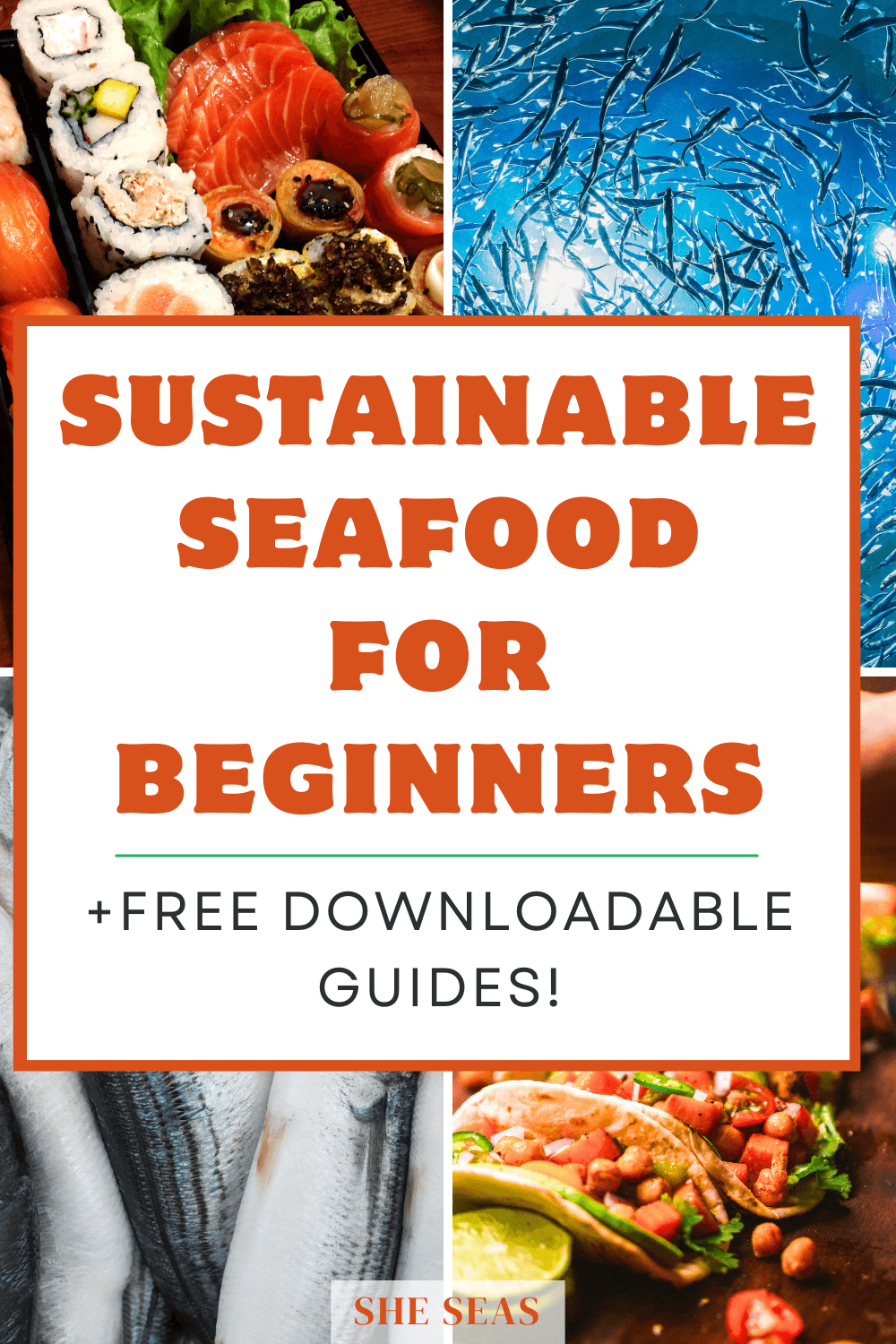
Introduction
Exploring sustainable seafood options is not just a trend; it’s a necessary step toward preserving our oceans and ensuring future generations can enjoy the bounty of the sea.
I’m not going to lie, I love my sushi and I was a little hesitant to learn about sustainable seafood for fear that I would pop my naive sushi bubble and never enjoy it again without guilt.
But fear not! You can have your sustainable seafood and eat it too! With some of the easy guides below, you can refer back to at anytime, you can make concious choices and still crush a couple rolls.
By making informed choices about the seafood you consume, you contribute to the protection of marine ecosystems, support ethical fishing practices, and help reduce the negative impact on the environment.
Whether you’re new to sustainable seafood or looking to deepen your understanding, this guide offers practical tips and insights to help you make choices that are both delicious and environmentally responsible. Dive in and discover how easy it is to incorporate sustainable seafood into your diet.
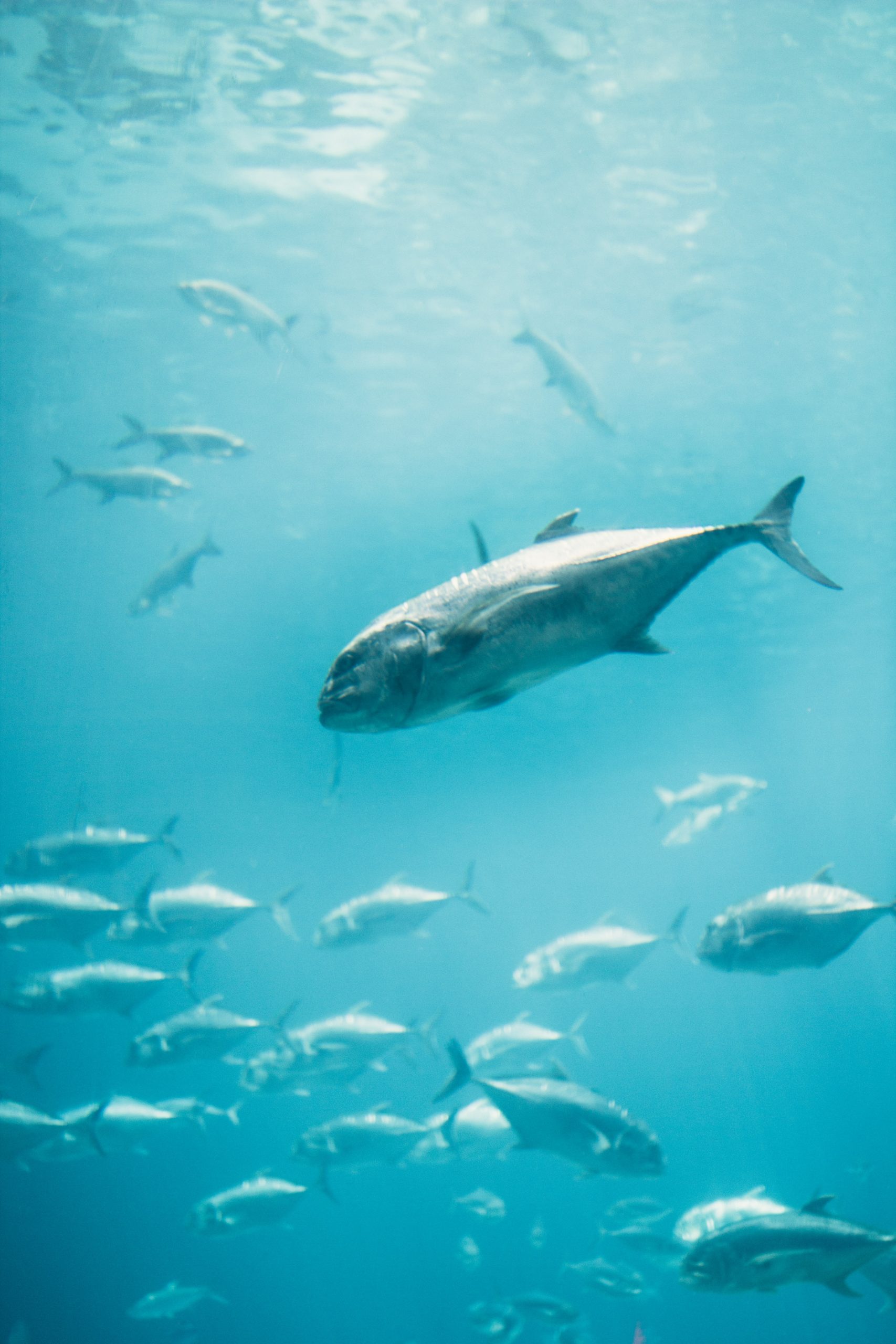
Why is Sustainable Seafood Important?
The oceans are a vital part of the Earth’s ecosystem, and they are home to a diverse array of creatures. Overfishing and unsustainable harvesting practices have put many of these species at risk of extinction, and have also damaged the ecosystem as a whole. Sustainable seafood practices help to ensure that fish populations remain healthy, and that the ocean ecosystem remains intact.
We tend to think of the sea as boundless, endless, mysterious and everlasting. Unfortunately, this just isn’t the case. The depletion of our ocean resources isn’t a problem for the future either, the damage is happening and having real impacts right now.
By the numbers
Look for locally sourced seafood. Seafood that is caught or harvested locally has a smaller carbon footprint and is less likely to be overfished.
Check the Labels
There are a number of things that you can do to choose sustainable seafood. One of the most important things is to look for when shopping at the store is seafood that has been certified by organizations such as the Marine Stewardship Council (MSC) or the Aquaculture Stewardship Council (ASC). These organizations have rigorous standards for sustainable fishing and aquaculture practices.
Well known canned, frozen, and fresh seafood brands will have seals for easy selection.
Examples of Sustainable Seafood
There are a number of types of seafood from around the world that are considered sustainable. Some examples include:
Farmed oysters and mussels: These are filter feeders, which means that they do not require feed. They also help to improve the water quality in the areas where they are farmed.
Wild-caught Alaskan salmon: This type of salmon is certified by the MSC, and is harvested using sustainable methods.
Pacific halibut: This type of fish is also certified by the MSC, and is harvested using longline fishing methods, which are more sustainable than other methods such as trawling.
Arctic char: This type of fish is farmed using recirculating aquaculture systems, which are more sustainable than traditional open-net pens.
US farmed catfish: This type of fish is farmed using sustainable methods, and is a good alternative to other types of farmed fish that are less sustainable.
New Zealand hoki: This fish is certified by the MSC and is caught using sustainable methods such as mid-water trawling.
Australian prawns: These prawns are farmed using sustainable methods such as closed-loop aquaculture systems, which reduce the risk of disease and pollution.
Icelandic cod: This fish is certified by the MSC and is caught using sustainable methods such as longline fishing, which reduces bycatch and damage to the seafloor.
Norwegian salmon: This salmon is farmed using sustainable methods such as closed containment systems and low-density farming, which reduce the risk of disease and pollution.
Scottish langoustines: These crustaceans are caught using sustainable methods such as creel fishing, which reduces damage to the seafloor and bycatch of other species.
Download Your Go-To Seafood Guide
Keep it easy! Download a seafood guide to your phone and take it with you wherever you go. The right guide best fits the region of the world you’re in and what food type you’re looking for.
Some of the guides listed below are region-specific because different countries, states, and regions will offer different types of seafood depending on cultural and social tastes and preferences.
Only eat sushi? Check out the Seafood Watch Sushi Guide
Looking for recommendations for your upcoming vacation? WWF Seafood Guides by Country
Seafood Watch iTunes App – International, US, and sushi guides right in your pocket
OceanWise – find restaurants, grocery, and more with certified sustainable seafood
Environmental Defense Fund – filter by type of fish, type of production, human-health, and eco-rating
Don't Forget the Plants!
In addition to choosing sustainable seafood, another way to promote ocean health is by adopting a more plant-based diet.
We know the production of animal products requires large resources, including land, water, and feed, which can contribute to environmental degradation and harm to the oceans.
By choosing plant-based foods, we can reduce the demand for these resources and help to reduce the negative impact of animal agriculture on the environment. This can ultimately help to promote the health and sustainability of our oceans and the creatures that inhabit them.
You Have the Power
Sustainable seafood is an important aspect of environmental conservation, and it is something that we can all participate in as consumers.
By choosing sustainable seafood, we can help to ensure that fish populations remain healthy, and that the ocean ecosystem remains intact.
By making small changes to our consumption habits, we can help to make a big difference in the health of our oceans.
